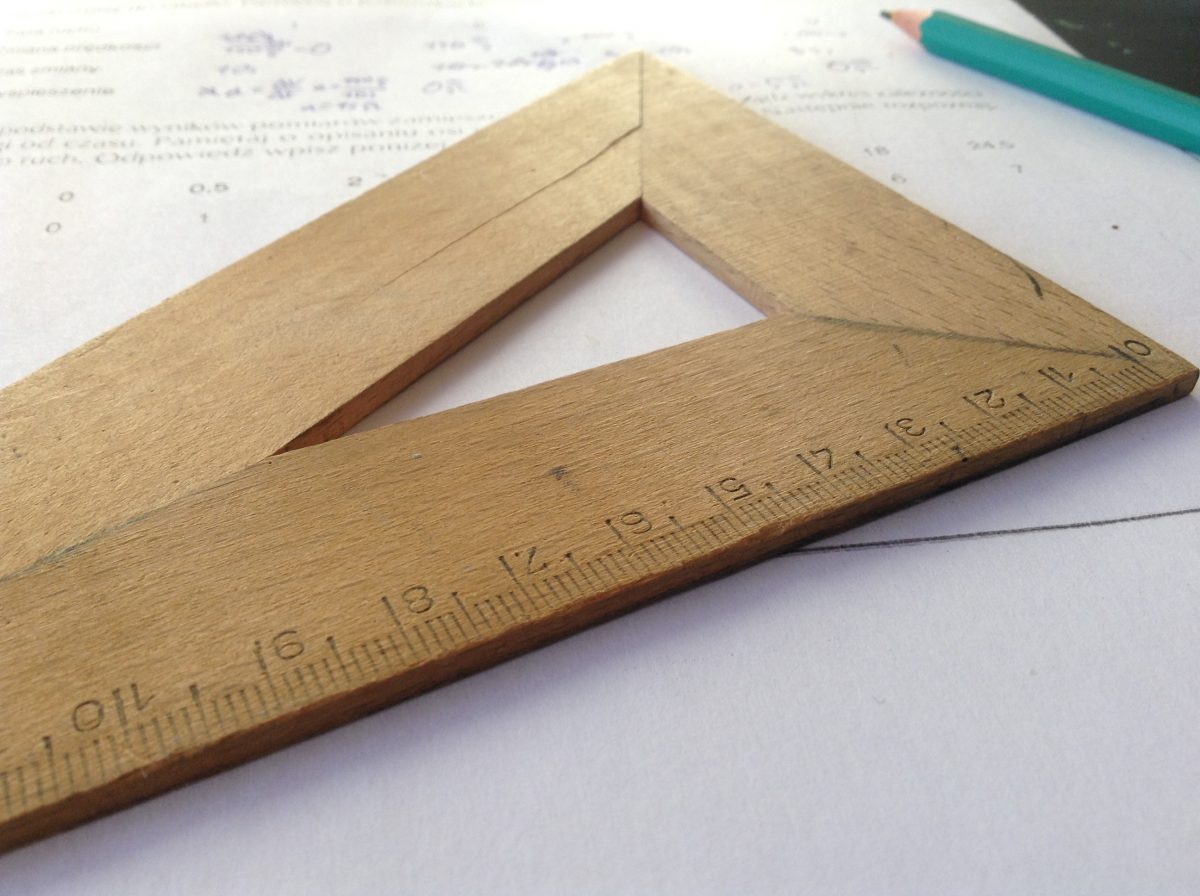This is a special guest contributor post by our friends over at Techpacker
Did you know that 9 out of 10 times, fashion designers and entrepreneurs around the world send incomplete tech packs to request a manufacturing quote?
Luckily, tech packs and technology can help designers save time and money in many ways, particularly when you are starting out or have a small to medium business. Implementing the right strategies ensures long term growth and higher profit margins, and makes communications with middlemen and manufacturers much more efficient.
Today technology has provided us with platforms like Sourcify that make it easy to find the right manufacturing companies anywhere in the world also helping streamline the communication process.
But regardless of where you decide to produce, as fashion designer you should never put the factory in a position where they have to guess what to do. Designers and manufacturers work efficiently together if they have the same expectations from the beginning of their relationship, and this is where your tech pack stands out.
Typically designers make the mistake of assuming what the factory needs to quote a price, and most of the times this results in errors and frustration on both sides. Since there is no standard list for a tech pack and factories don’t provide a list of requirements either, it’s no surprise communication errors are so common.
As garment manufacturing expert Chris Walker states, a tech pack stands as the contract between the designer and the factory and it should serve three purposes: to communicate all of the details of the design, clarify what is included in the price and act as a common reference point to resolve any problem that may arise.
But first, what is a tech pack and how do I provide a complete tech pack for my factory?
Think of a tech pack as the blueprint for each garment. It’s short for ‘Technical Packet’, also known as specification sheet. It is a set of documents created by a designer, tech-designer, pattern maker or sometimes product developer to explain design to a manufacturer so they can turn the information into a product.
The tech pack is at the core of product development and production and all the parties involved can extract information from it. Tech packs have now evolved to also serve various functions like tracking everything from design decisions and changes in fit, to approval of materials. This applies whether you want to order ten pieces or ten thousand pieces of a particular style.

These are the essential components every tech pack must have to ensure a smooth production process according to apparel manufacturing expert Chris Walker:
1) The Flat Sketch: Visuals of course, are essential. During development phase, a tech pack communicates the designer’s aesthetic first on a two-dimensional technical drawing. This helps the factory and pattern maker visualize how to make the sample as close as possible to the designers look.
There should be sketches of the front, back and any unusual details you consider important. The sketch should be in black and white and drawn to scale as best as possible.(Adobe Illustrator is the industry’s software of choice creating flat sketches).
2) Sizes and measurements for the sample. You must provide the factory with the measurements for at least one size – usually “medium”. The factory will use these measurements to make the 1st sample often referred to as the fit sample.
3) Order Quantity. The factory needs know beforehand the quantity per color and/or quantity per artwork for each style. There should be one style per tech pack.
4) Written or Visual Description. Write down any details about the garment which are not obvious in the sketches. Add more images if you have them. Describe in detail components like collars, plackets, cuffs, fastenings, bar tacks and artwork placement.
5) Bill of Materials. The BOM includes everything that needs to be bought to put the garment together. At the minimum, it must include the main fabric and additional fabrics.
– For the fabric: describe the yarn, knit structure, weave structure, weight, Pantone color, finish and width. In addition to the fabric, list things like lining, piping, ribbons, shoulder pads, neck tape, thread, buttons, labels, hang tags, hang tag thread, hang tag pins, tissue, poly-bags and desiccant bags. Be as detailed as possible to make sure nothing is overlooked.
Don’t forget the list of embellishments! This includes screen prints, embroideries, lace, appliqué, sequins, patches, shoulder pads, stones, beads, etc. You can illustrate or just write the descriptions of details like placement, ink type, Pantone colors and stitches per inch for embroidery.
6) List of Stitches and Seams. List any specific stitch or seam requirements. Illustrate or just write the descriptions of joining operations. Include details like stitches per inch, width of seams, seam allowances, and ISO numbers for each seam.
7) Branding Artwork. Be detailed for anything that has branding on it. Branding usually is placed on labels, hang tags, embroideries or small prints. Show exactly where the branding artwork goes and reference the file name of the artwork.
8) Measurement Chart for Size Grading. This section needs to exist but not necessarily filled in. First the factory will quote price and they will make a “first sample.” If you decide to go ahead with the production, then they will grade your sample from medium size to the bigger and lower size ranges (for example XS to XL) and they will fill in this measurement chart. But do add yours if you have done the grading in advance. Be sure to also include acceptable tolerances for each measurement.
9) Point of Measurement Diagrams. For a quality control check the factory needs to know where to measure from, and they need to do it the same way you did. Use illustrations to show clearly where you expect them to measure to check if the measurements are within the tolerances.
10) Identification on Every Page. Be sure to include your company or brand name, name of designer, the style identifier, size range, sample size, the date and version number on each page and a list for tracking changes too.
The list for tracking should be empty and ready to receive comments and or changes as the development progresses. Include a column for comment/change, person in charge, date, action plan, and deadline.
Creating and managing tech packs can be very easy to do if you use software like Techpacker. Tools like the track changes feature, keeps track every time someone makes a change to the tech pack, allowing others to see the changes in real time without having to email back and forth. Also the previous versions are saved in case you need to refer back avoiding miscommunication mistakes. For more about Techpacker be sure to check out their website and blog.




